Viewing Cisco Proximity with SpectrumView
I wanted to share a quick trick for troubleshooting Cisco Proximity. For those that haven’t stumbled onto this particular technology, Proximity is a feature in Spark Connected and Traditional Cisco Video Endpoints that provides a pairing channel for screen sharing. Specifically, the codec announces its presence and connection information via 22khz audio stream. The client device then uses that connection information to make a connection over the network and share the screen with the codec. Since 22khz is beyond what the human ear can hear, there is a need for some other tool to check for its presence.
The tool I use to check for the pairing channel presence is SpectrumView and is available in the Apple App Store.
There are a couple options that need to be manually configured before the tool displays the higher frequency used for the pairing process:
- Recording – Audio Sampling Rate 48000
- Display – This may be necessary to adjust if you don’t see anything. I typically set mine to about 15dB

With the proper settings and within range of a proximity enable device, some output should be visible just above 20kHz.

Disclaimer: This article includes the independent thoughts, opinions, commentary or technical Continue reading




 Hyperconverged revenue alone grew over 200 percent, compared to a year earlier.
Hyperconverged revenue alone grew over 200 percent, compared to a year earlier.
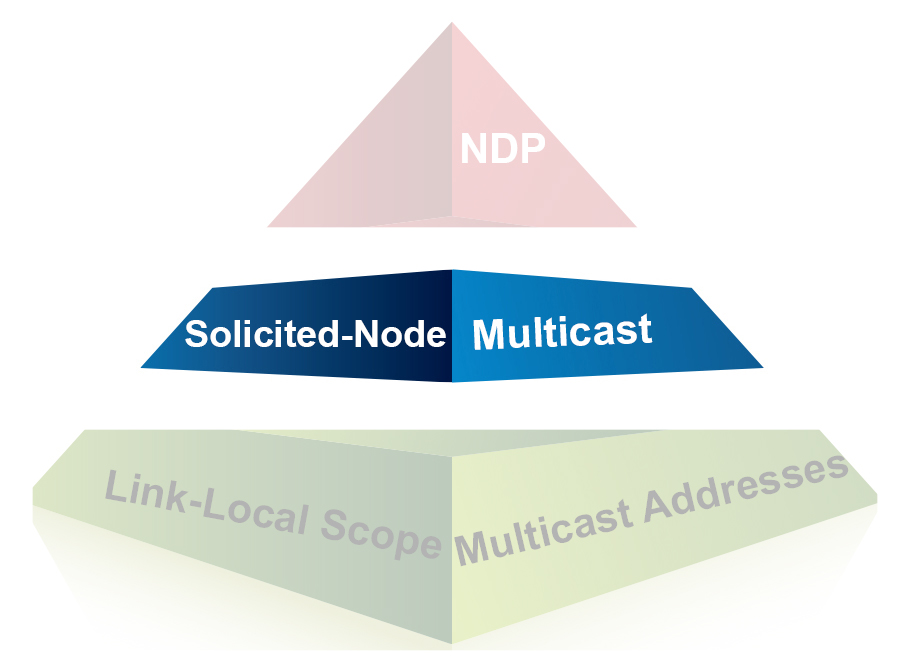
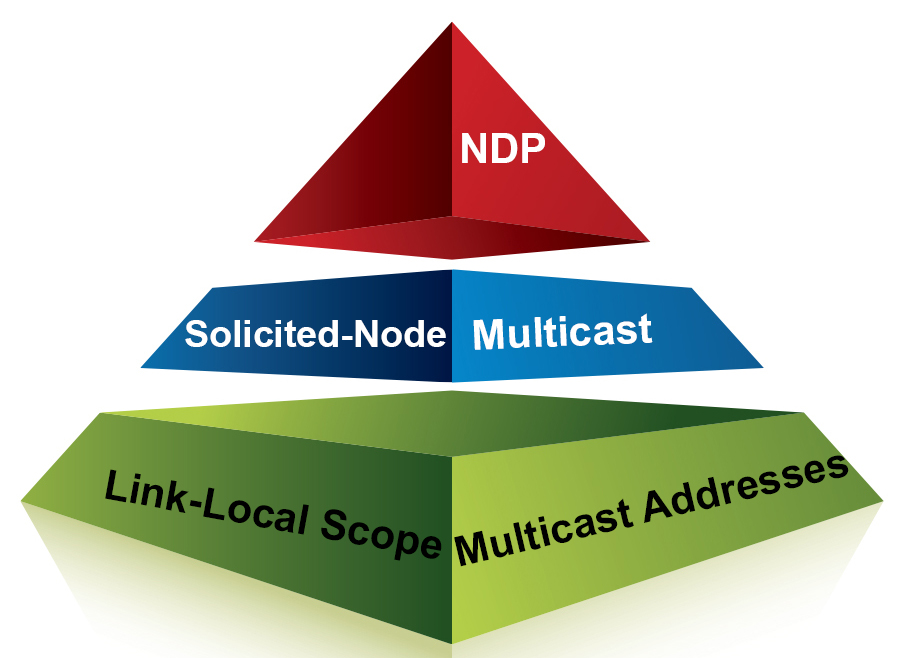
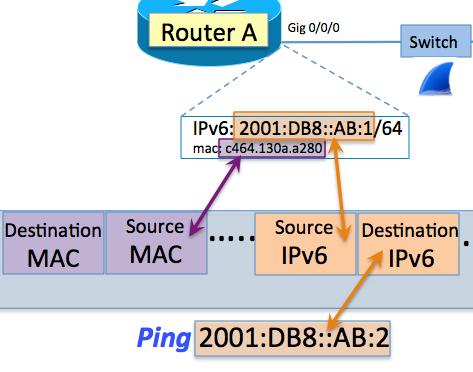
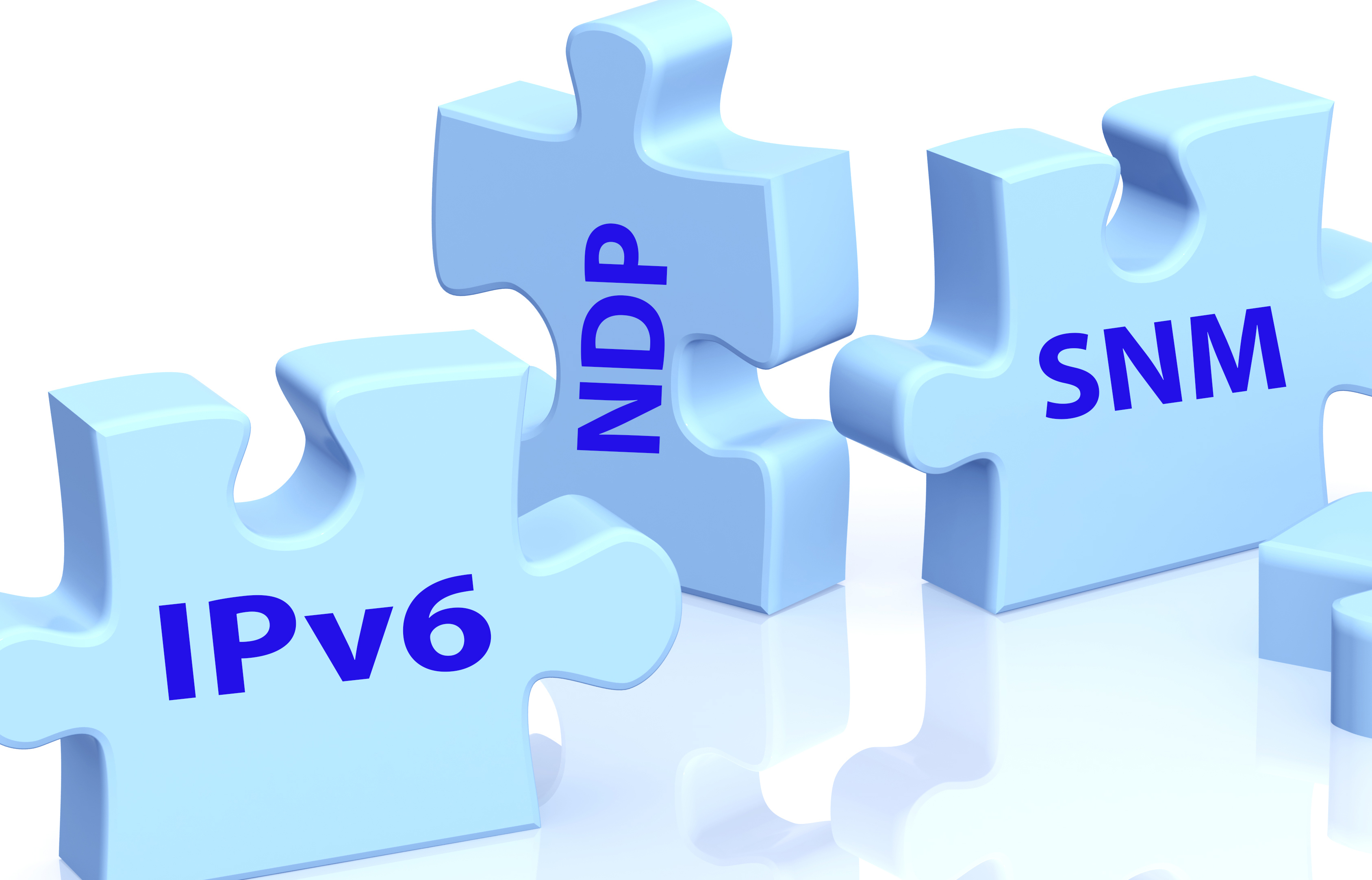
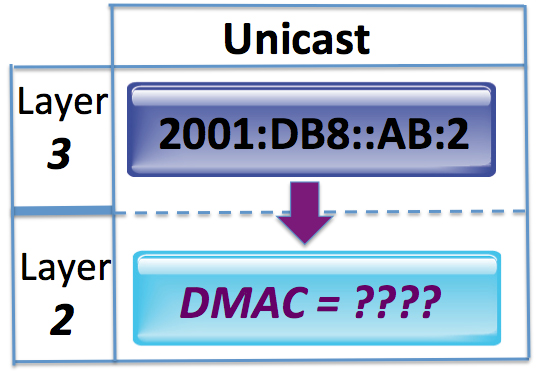
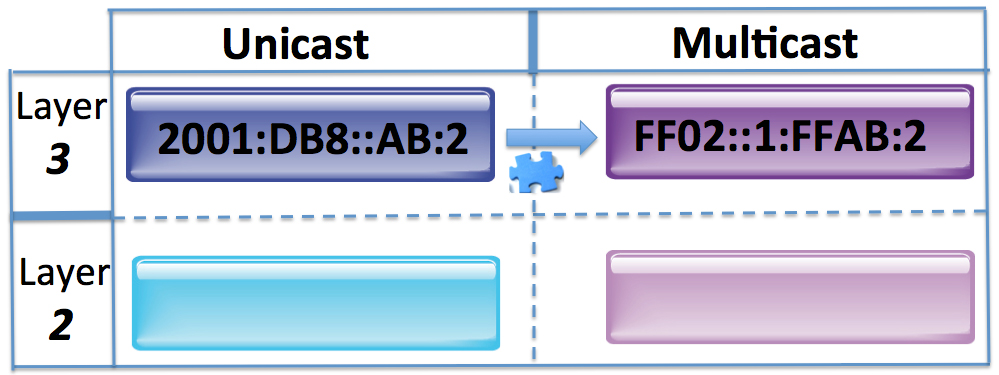

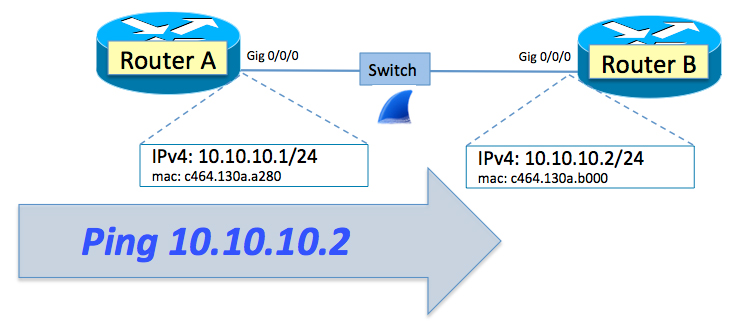

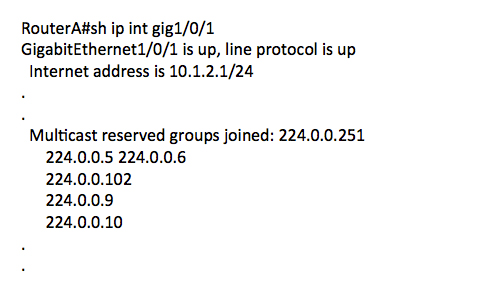
 The market's IT director felt like he "was held hostage" to some of the T1 agreements.
The market's IT director felt like he "was held hostage" to some of the T1 agreements.